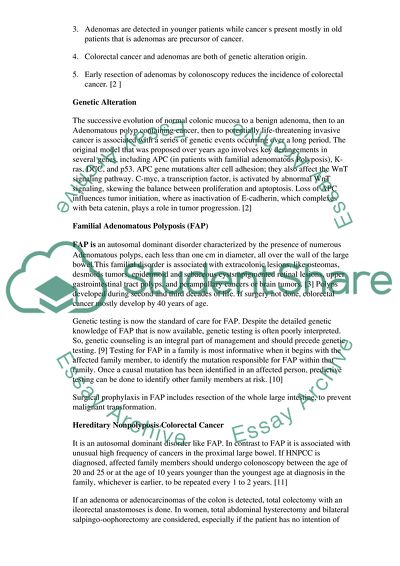Cite this document
(Treatment of Colorectal Cancer Case Study Example | Topics and Well Written Essays - 3750 words, n.d.)
Treatment of Colorectal Cancer Case Study Example | Topics and Well Written Essays - 3750 words. Retrieved from https://studentshare.org/health-sciences-medicine/1710043-complimentary-therapier-in-the-health-care-system
Treatment of Colorectal Cancer Case Study Example | Topics and Well Written Essays - 3750 words. Retrieved from https://studentshare.org/health-sciences-medicine/1710043-complimentary-therapier-in-the-health-care-system
(Treatment of Colorectal Cancer Case Study Example | Topics and Well Written Essays - 3750 Words)
Treatment of Colorectal Cancer Case Study Example | Topics and Well Written Essays - 3750 Words. https://studentshare.org/health-sciences-medicine/1710043-complimentary-therapier-in-the-health-care-system.
Treatment of Colorectal Cancer Case Study Example | Topics and Well Written Essays - 3750 Words. https://studentshare.org/health-sciences-medicine/1710043-complimentary-therapier-in-the-health-care-system.
“Treatment of Colorectal Cancer Case Study Example | Topics and Well Written Essays - 3750 Words”. https://studentshare.org/health-sciences-medicine/1710043-complimentary-therapier-in-the-health-care-system.


